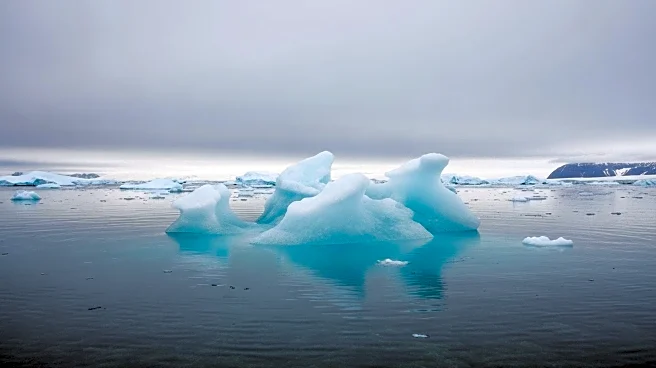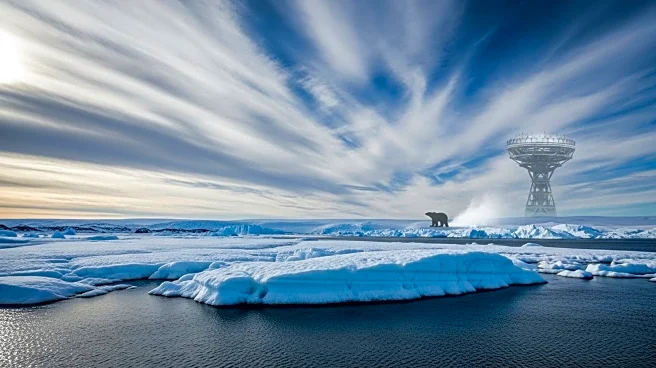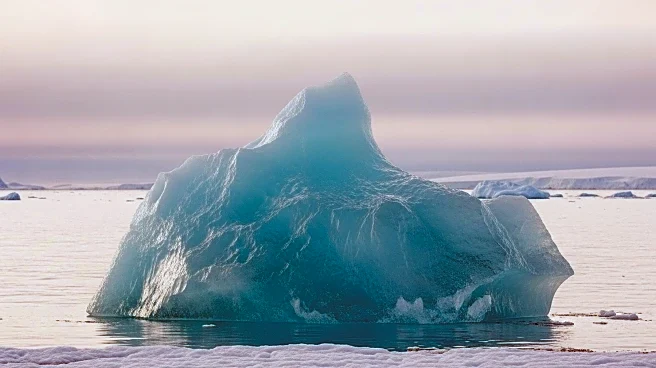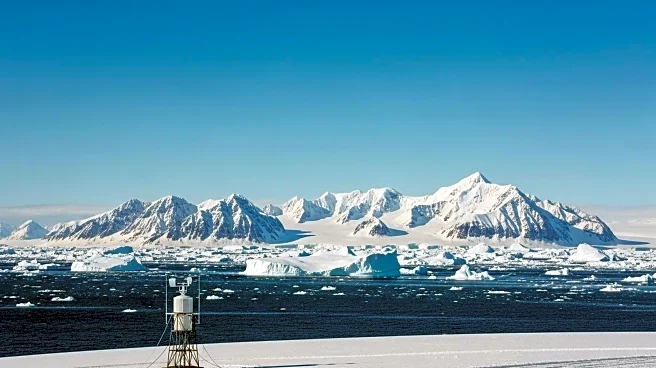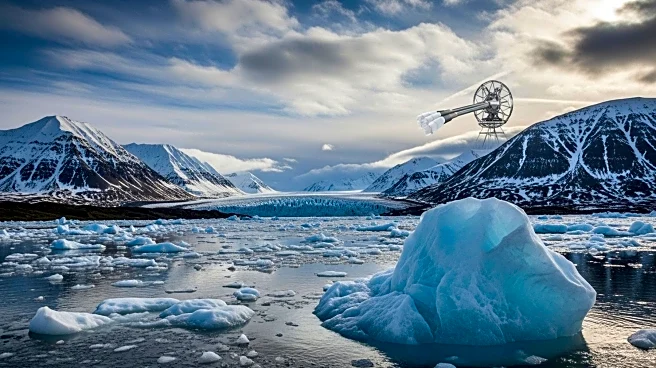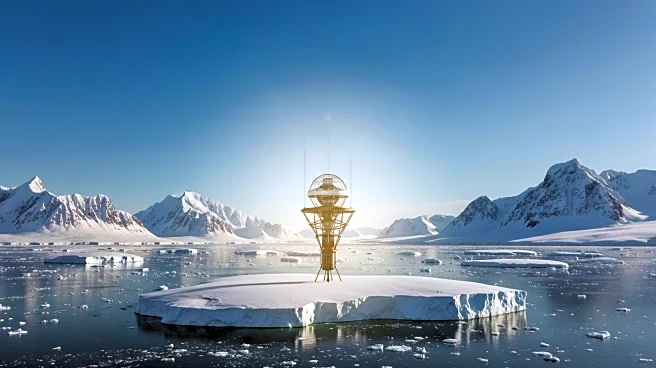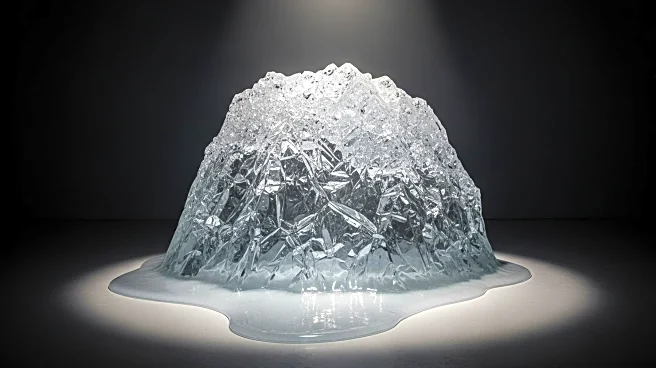What's Happening?
A review published in Frontiers in Science warns that geoengineering proposals aimed at mitigating climate change in polar regions could cause more harm than good. The study evaluated five concepts, including spraying reflective particles into the atmosphere and using underwater curtains to shield ice shelves. Researchers found that these ideas could disrupt ecosystems, migration routes, and global climate patterns, with implementation costs exceeding $10 billion. The study emphasizes the need for reducing greenhouse gas emissions and conducting fundamental research in polar regions.
Why It's Important?
The study highlights the risks associated with geoengineering as a solution to climate change, emphasizing the potential for unintended environmental consequences. It underscores the urgency of addressing climate change through emission reductions rather than untested technological interventions. The findings may influence policy decisions and funding allocations for climate research and mitigation strategies. The study also raises ethical considerations about experimenting on the planet and the need for robust governance frameworks.
Beyond the Headlines
The study's findings may prompt a reevaluation of geoengineering as a viable climate solution, encouraging a focus on sustainable practices and emission reductions. It highlights the importance of international collaboration in addressing climate change and the need for comprehensive governance to regulate potential interventions. The ethical implications of geoengineering experiments may lead to increased scrutiny and debate within the scientific community and among policymakers.
